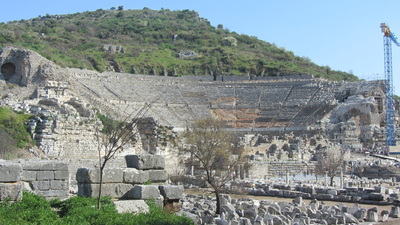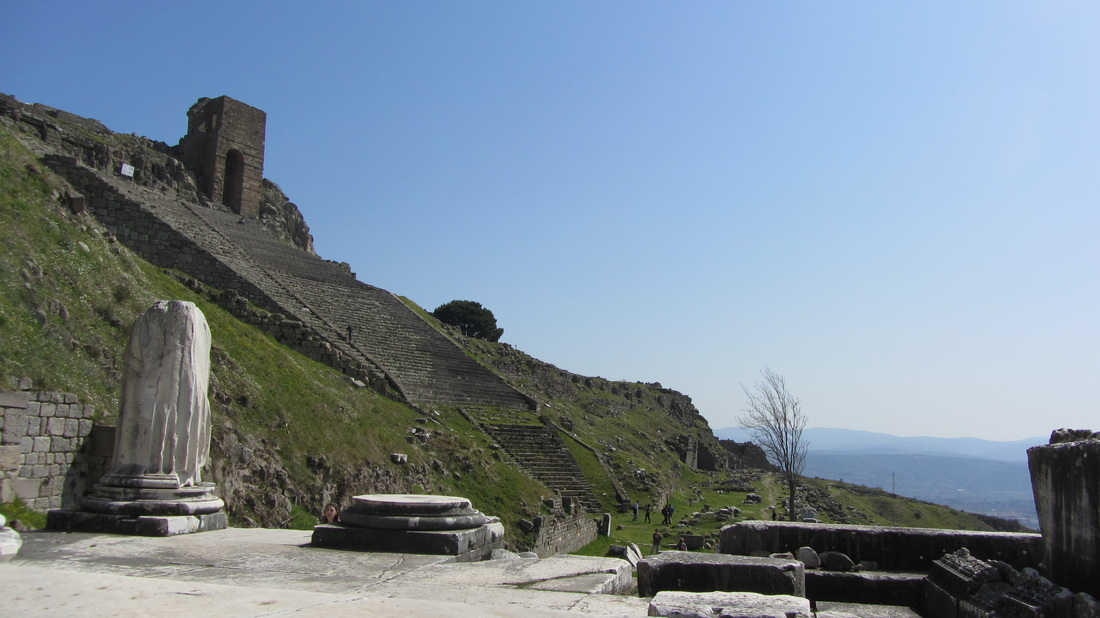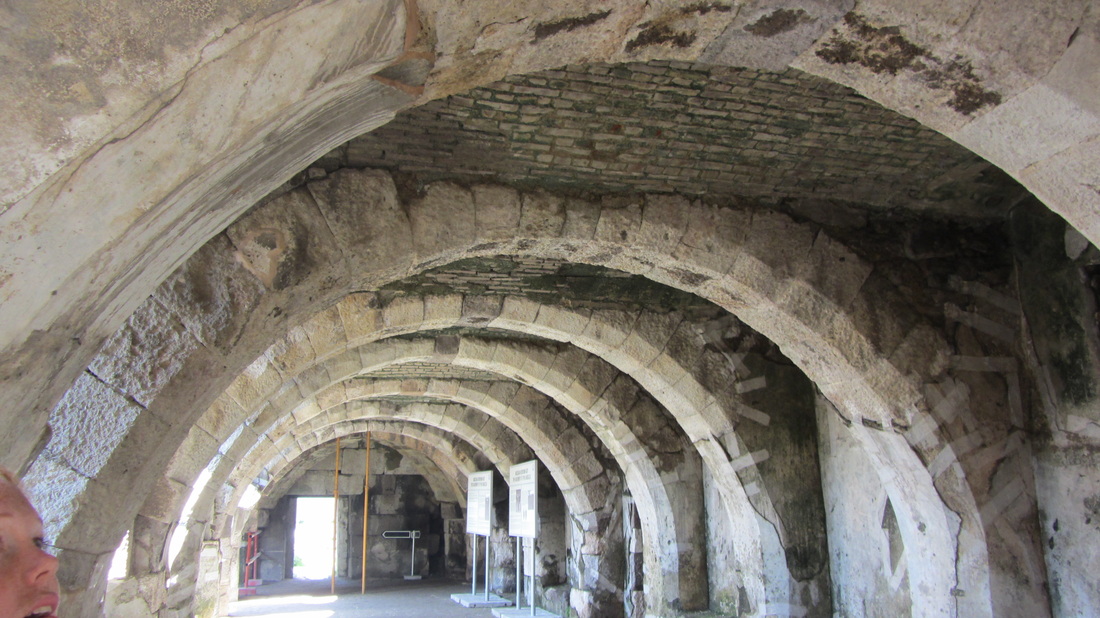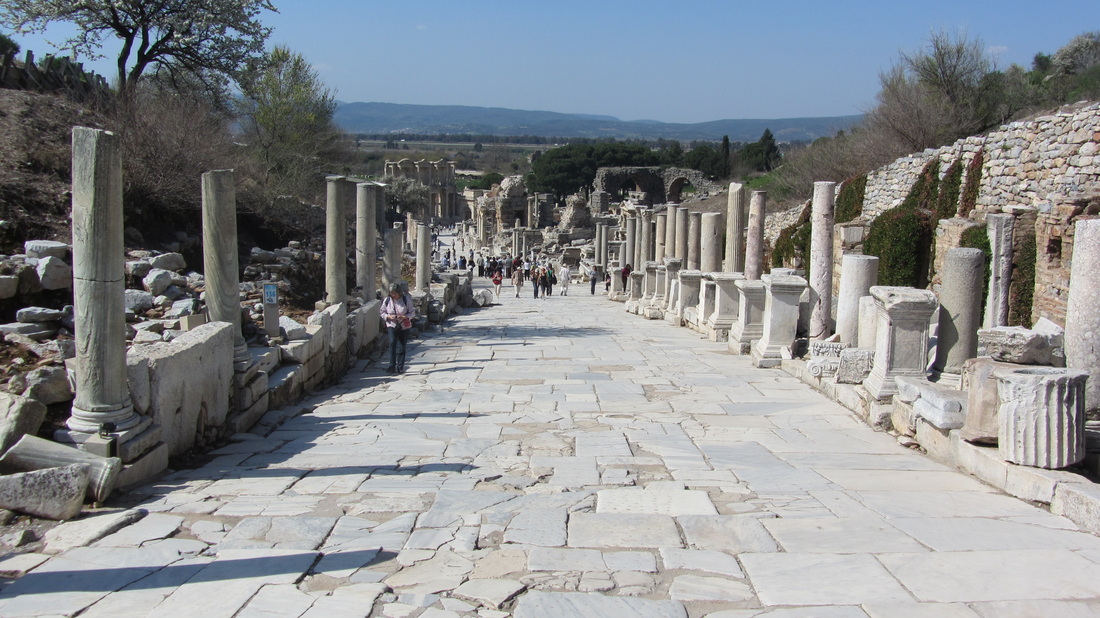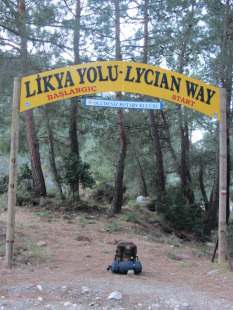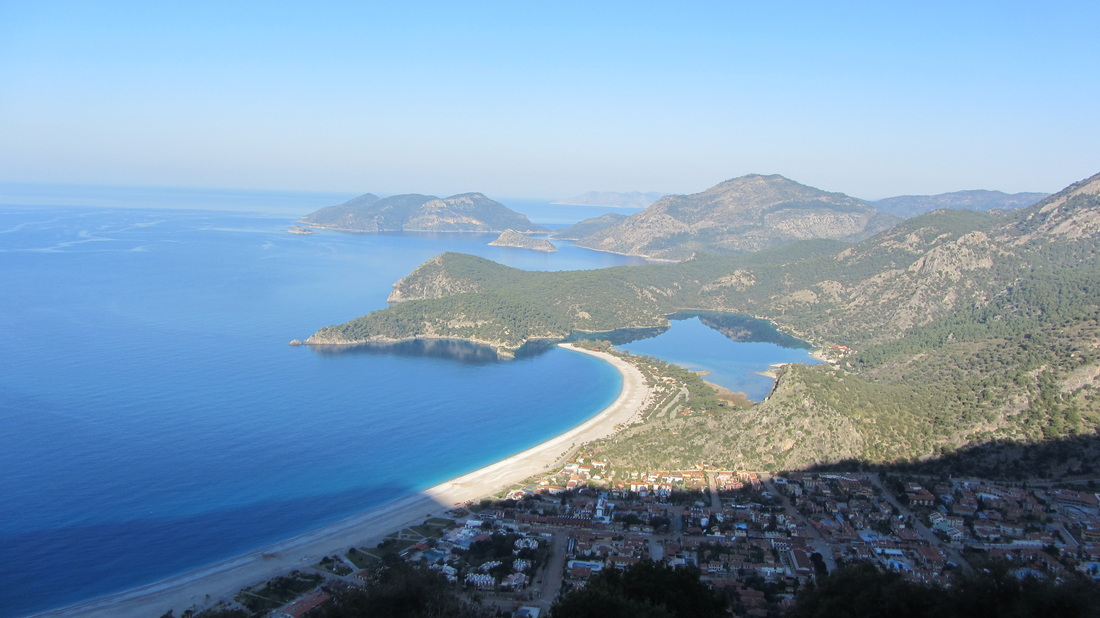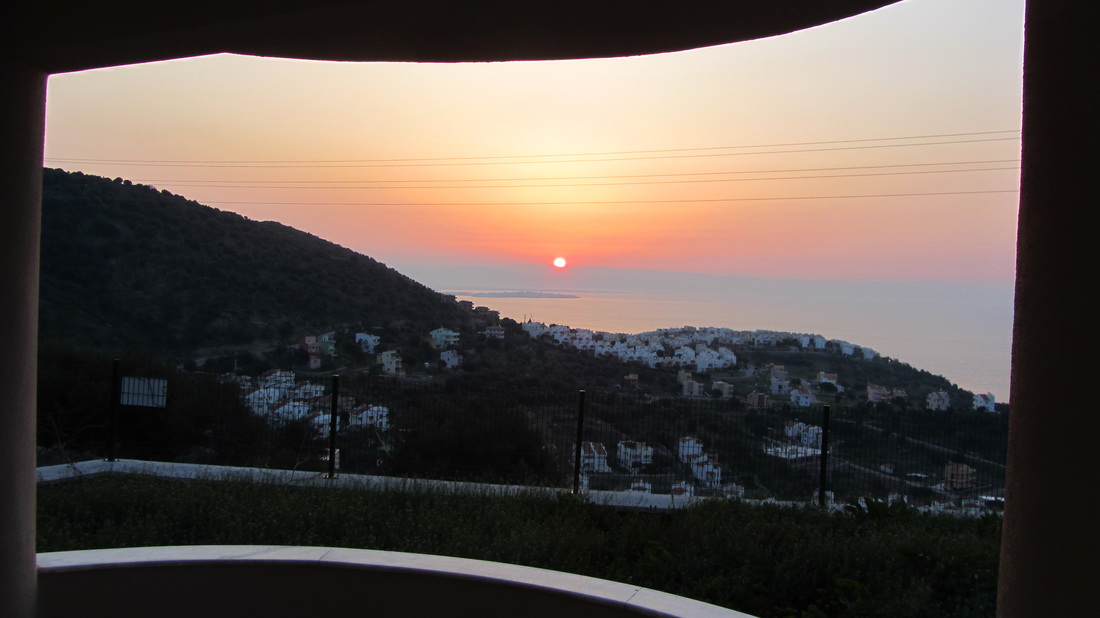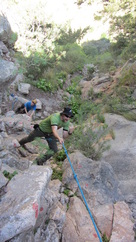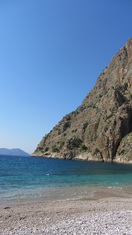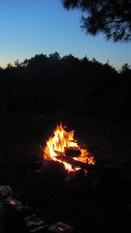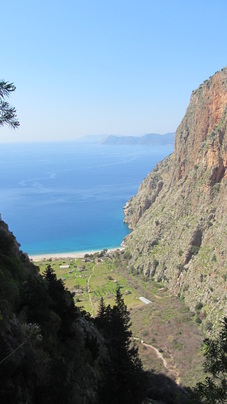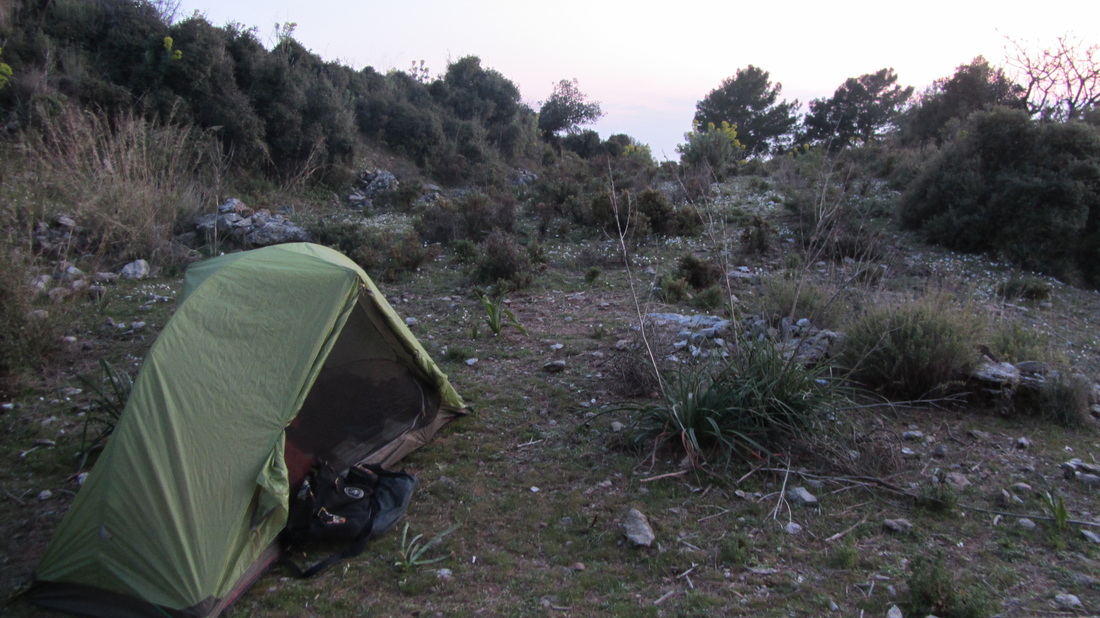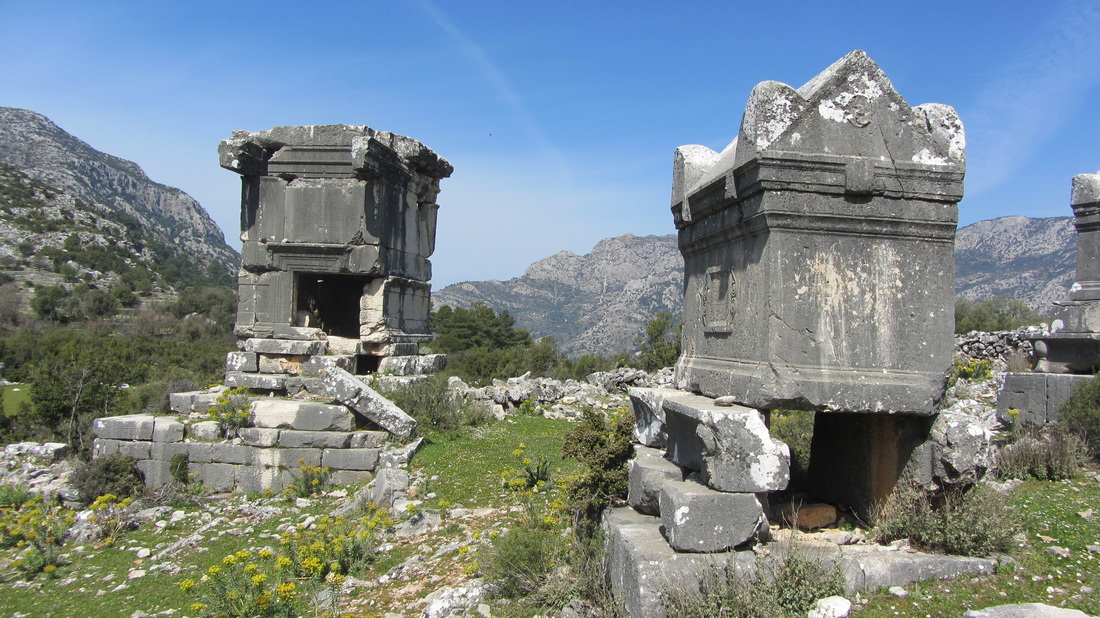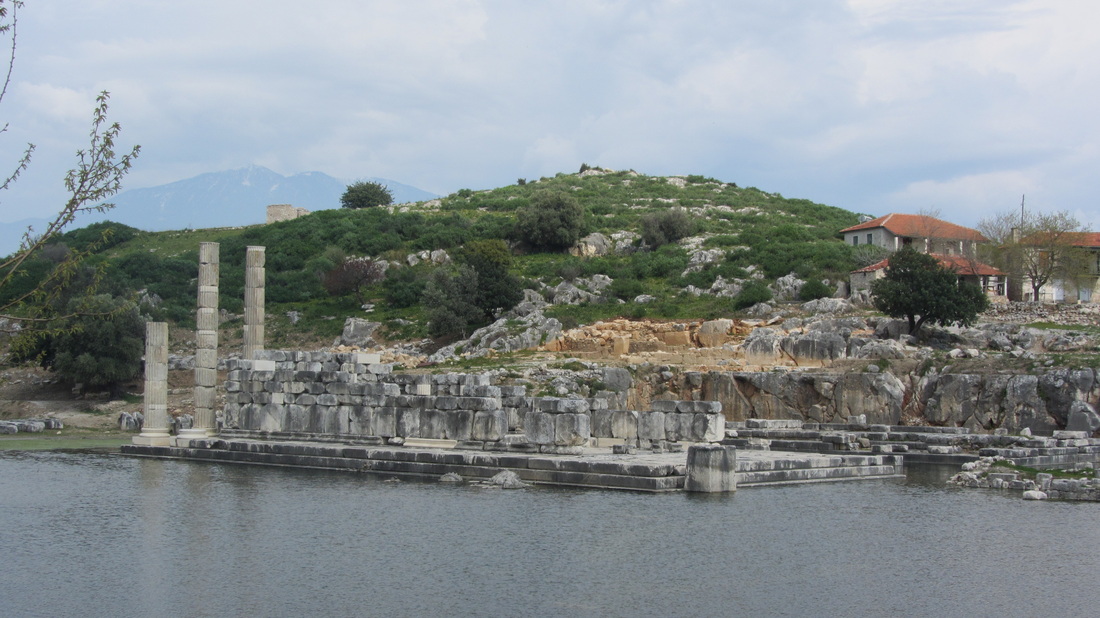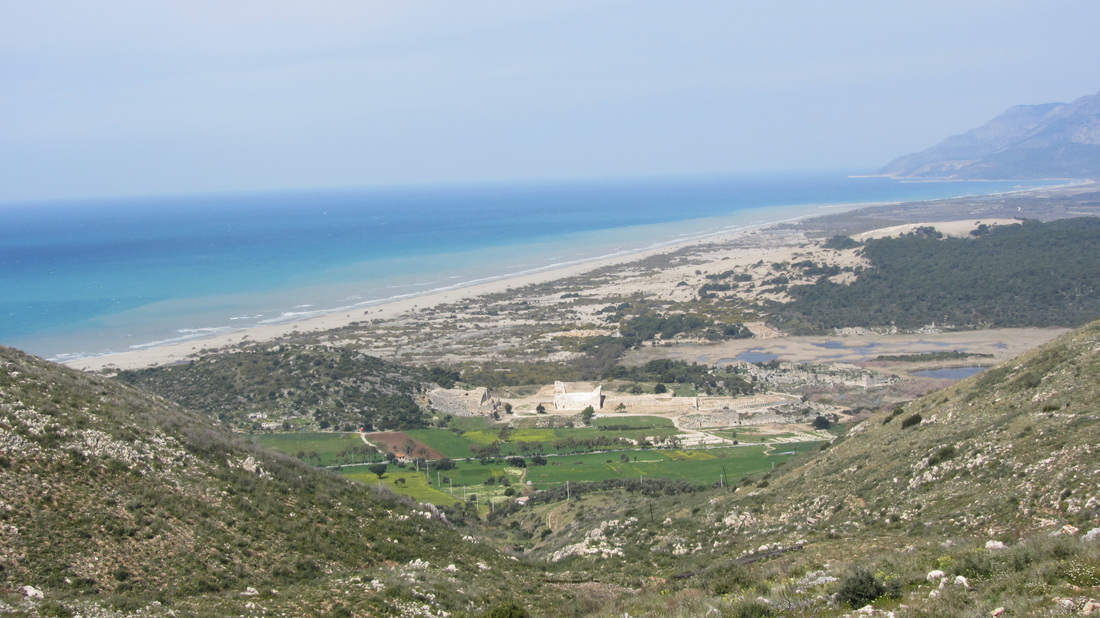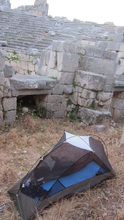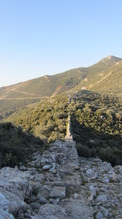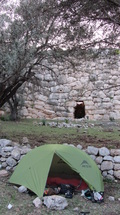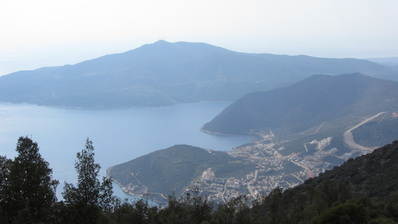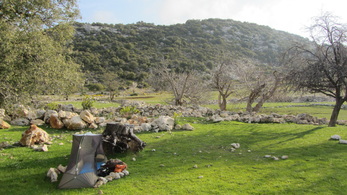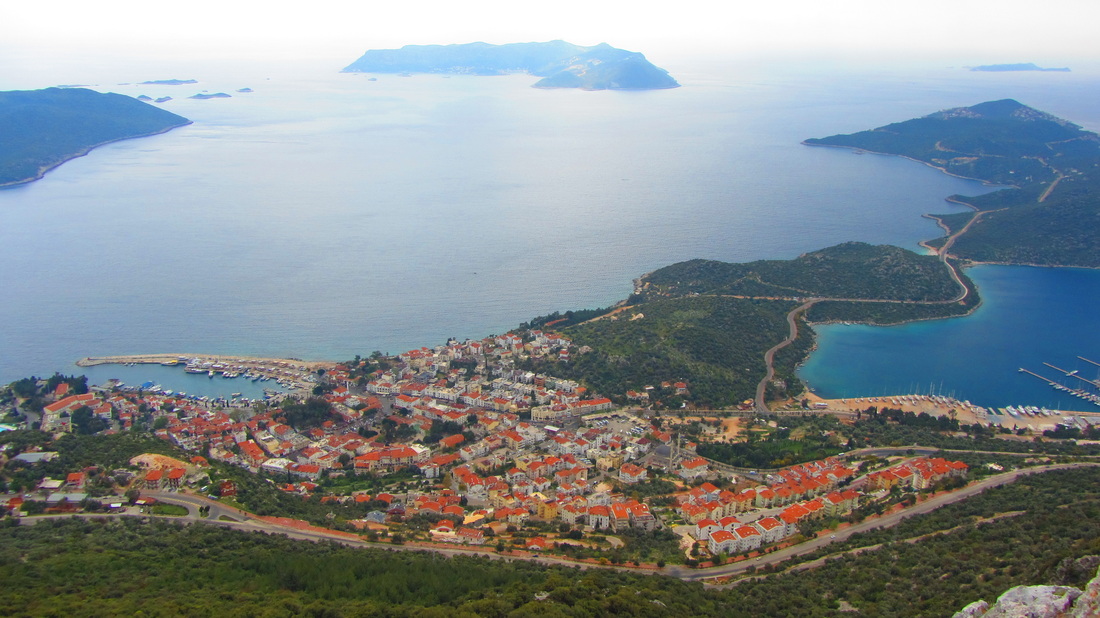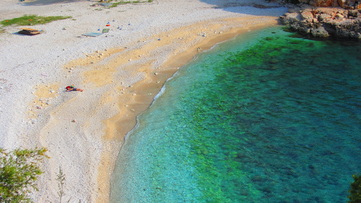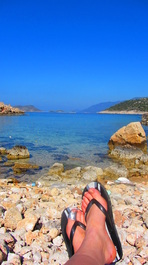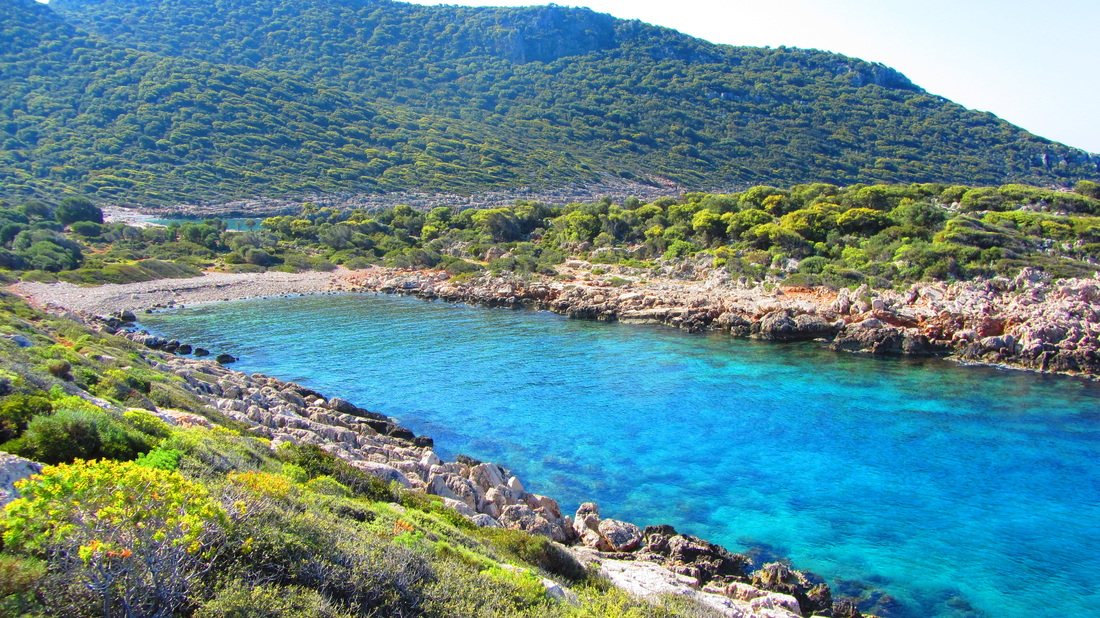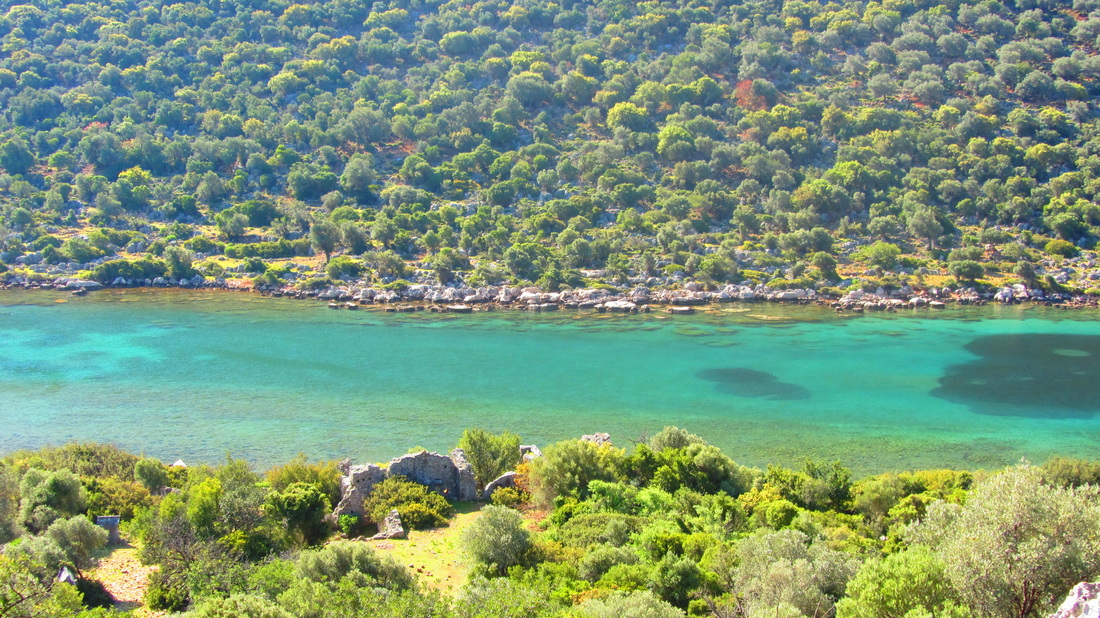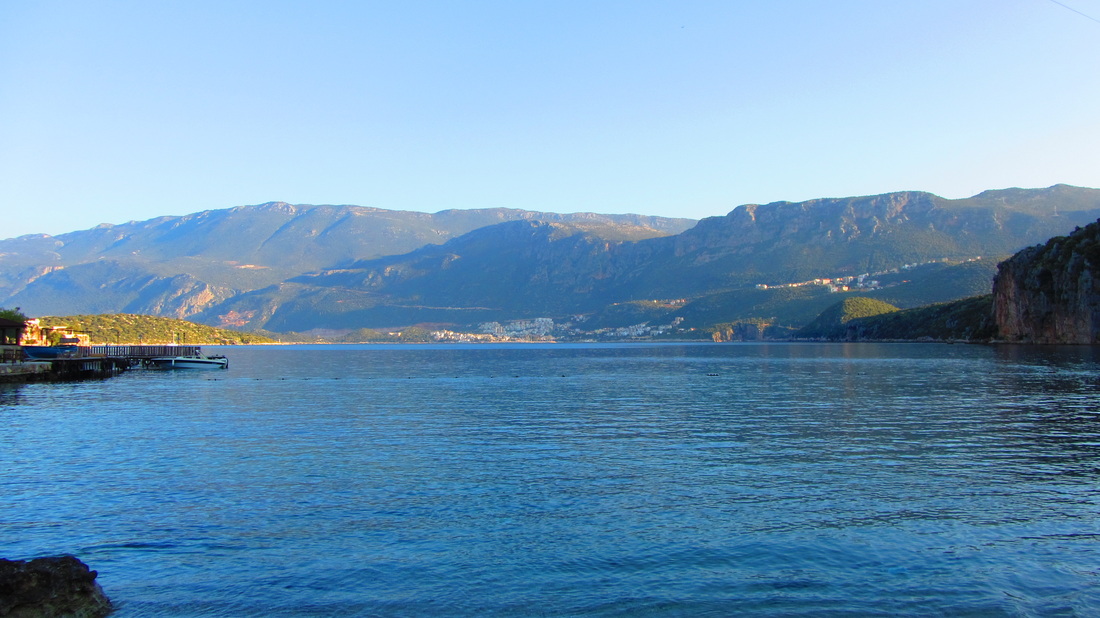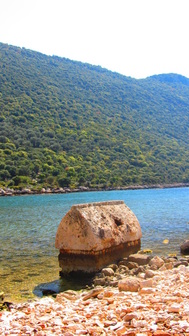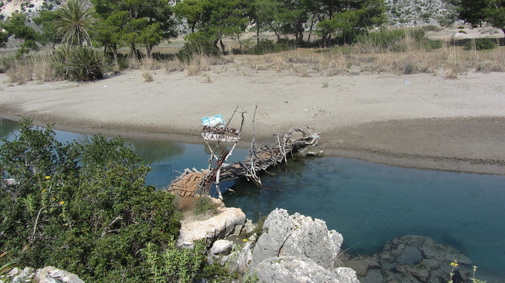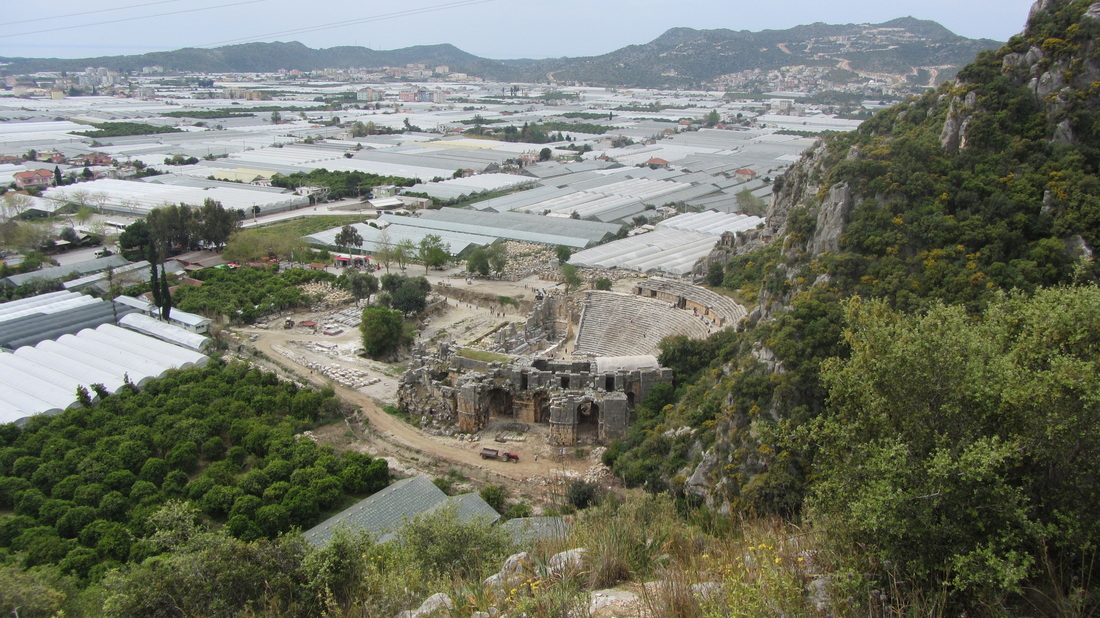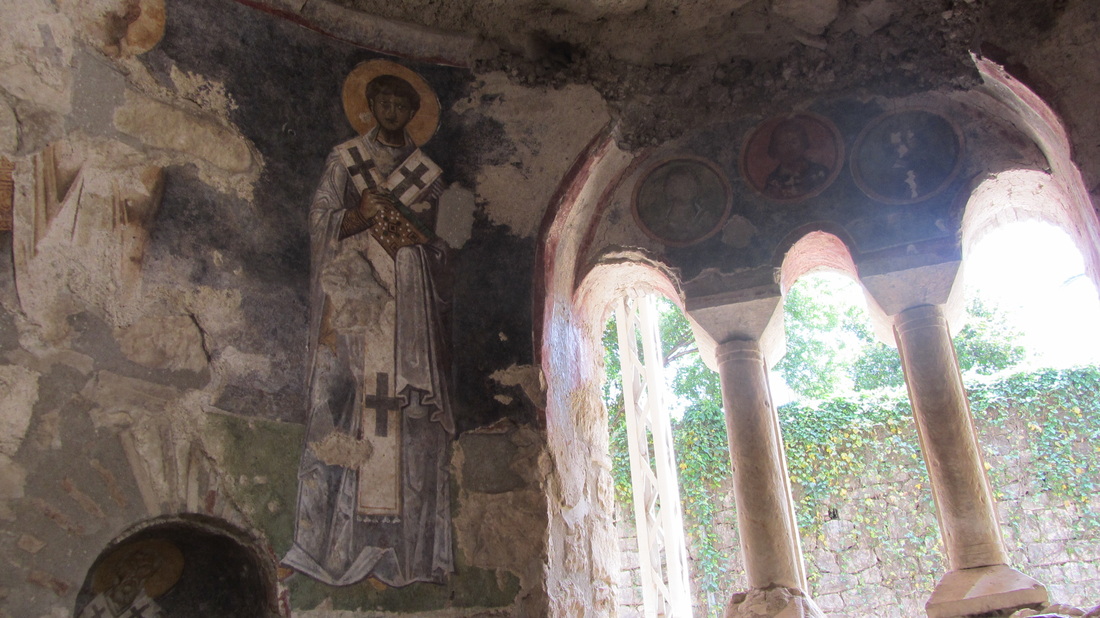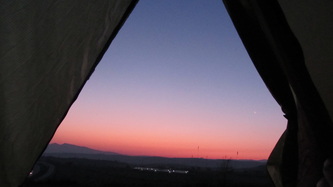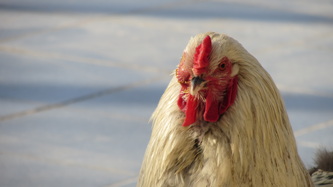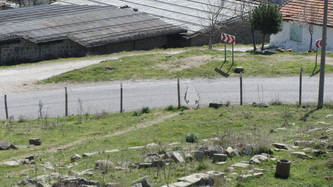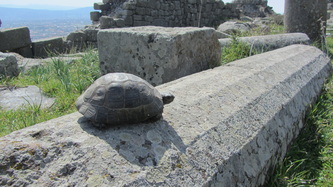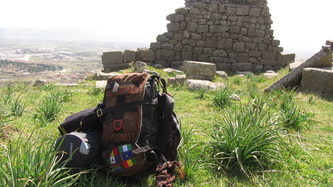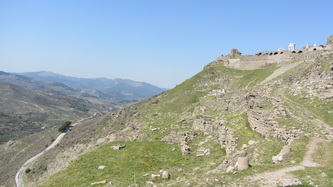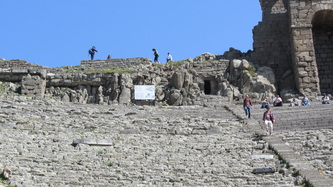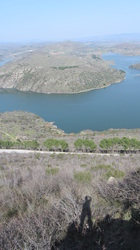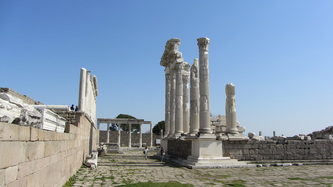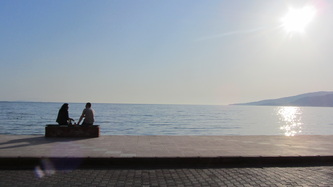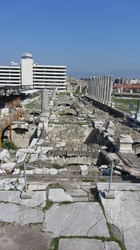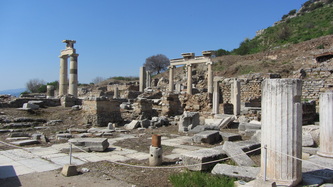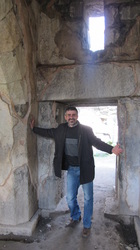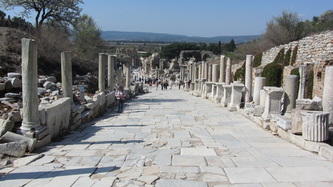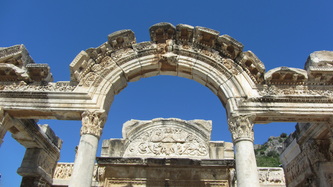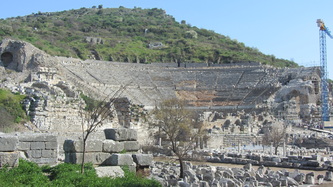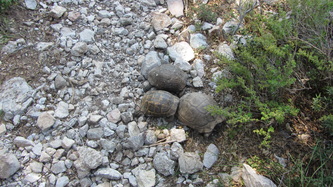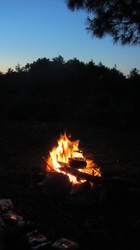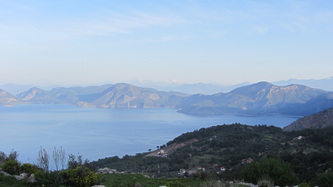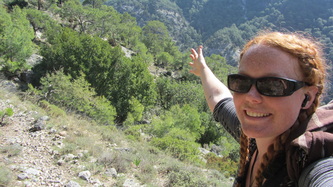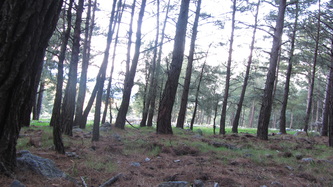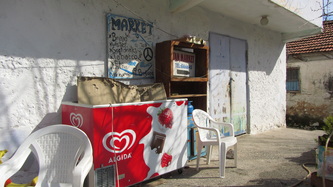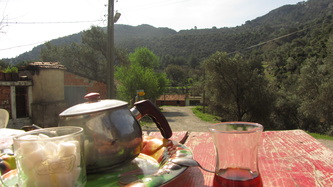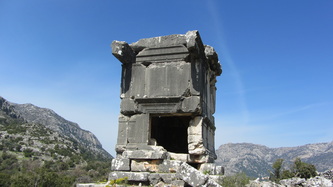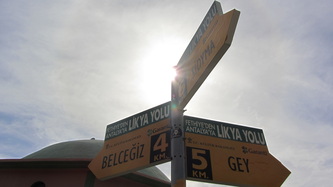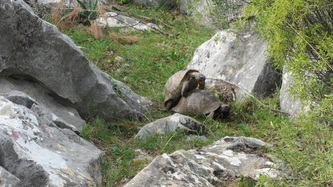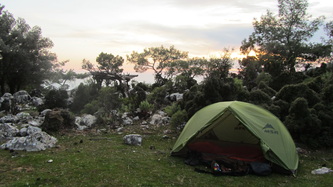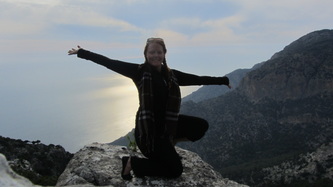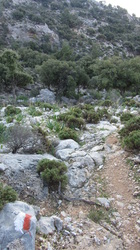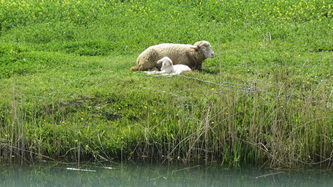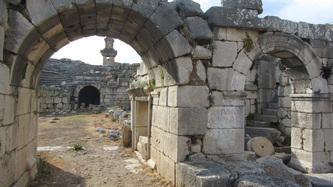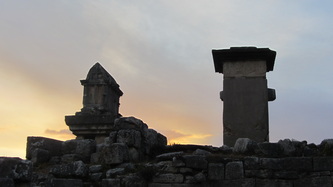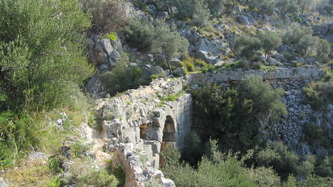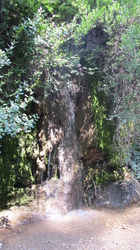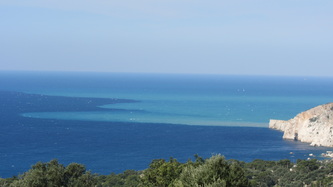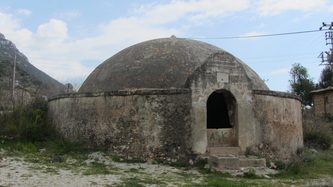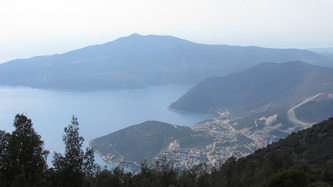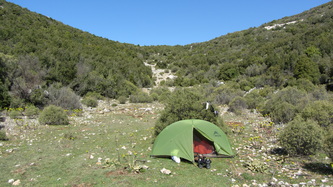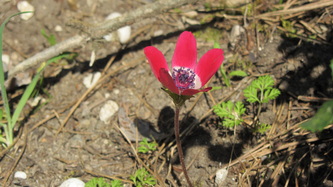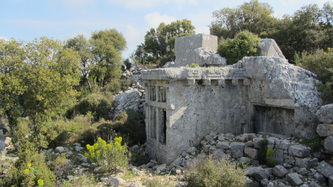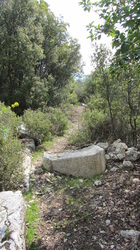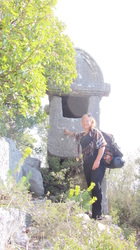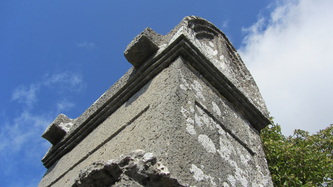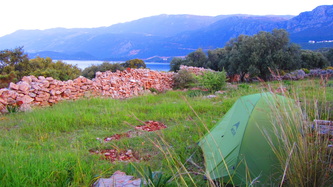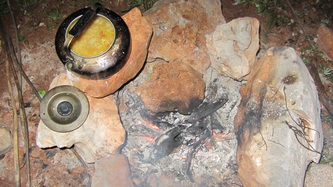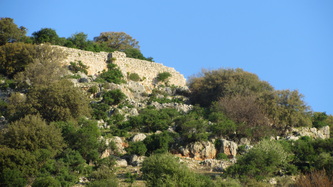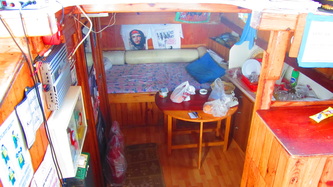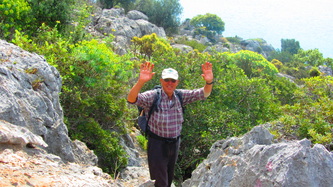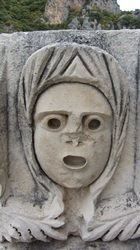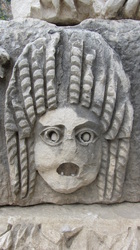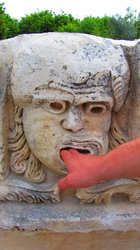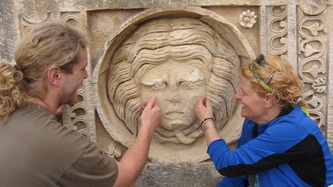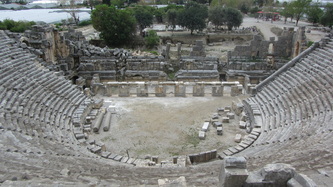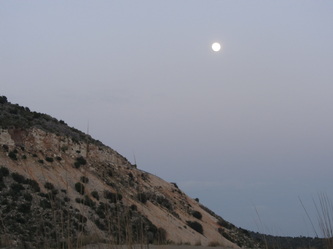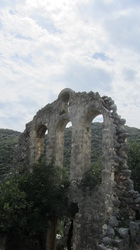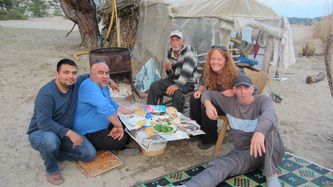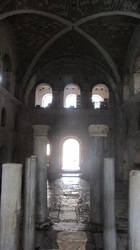Hiking the Likyan Yolu
15/04/2012
|
Up mountains, down mountains; along beaches, into the sea; across freshly fallen avalanches and along the top of cliffs plunging hundreds of meters straight downwards into the clear blue Mediterranean. And all this along paths that have been walked for thousands of years, where descendants of the Lycians, Persians, Greeks, Romans, Byzantines and various Turkic tribes still spend their days herding their sheep and goats through the scrub forest or at home on their yaylas making jam from fresh figs or relaxing with a hot cup of tea. It was by random internet-chance that I caught the Lycia Way fever (Likya Yolu is the Turkish translation). The 500 km trail does not pass through areas as wild as those of the West Coast trail or next to mountains as high as the hikes in the Alps, but as far as I know no other long distance hiking trail in the world boasts such an incredibly fascinating history combined with a variety of scenery that is both stunning and refreshing. What follows are some of the highlights of the 300 km section of the trail that I hiked in just under two weeks.
|
|
Fethiye is the city closest to the start of the trail, and I arrived there in the evening after my multi-day hitchhike south from Istanbul, which took me through ruins at Pergamon, Smyrna (İzmir), Kuşadasi and Ephesus. After buying a few supplies I walked out of town and stealthily pitched my tent in the garden of a large hotel, not open yet as it was only the end of March – besides the flawless weather, hiking in the off season meant a lot less people, which was perfect. I woke up the next morning with the 5:30 a.m. call to prayer and quickly packed up camp, eager to set off to find the yellow banner marking the start of the Lykia Yolu.
|
|
That first day the trail climbed 894m, passing old cisterns, several types of forest, and through villages that gave an introductory taste to the Mediterranean herder’s lifestyle. I met Roland and Walter, two well-equipped and knowledgeable Germans out for a ten-day hike, and after introductions over tea we took on the next 10 km together, with the finale being a 90 degree rope-descent down a rock face into the famous Butterfly Valley. We were too early in the season to see the flocks of butterflies that dance in the valley confines in the summer, but the refreshing swim in the clear blue ocean made the whole thing very worthwhile, and happily washed away a little of the adrenaline from the descent.
|
|
After the climb back up cliff it seemed necessary to relax with another cup of tea before my new friends and I parted ways. I was looking forward to my first night camping solo in the bush, building a fire and getting out my little pot to cook a bowl of couscous and vegetables. The campsite I found was perfectly flat, grassy, and sitting on a rock next to my tent I ate dinner with a view of the ocean on one side and snowcapped mountains on the other. A perfect first day.
The next morning started bright and early, and after a few kilometers and a few more wrong turns (hiking without a map or guidebook let alone GPS meant wrong turns were frequent), the trail split into two branches and I chose the high road inland. Despite missing out on a visit to the beach, the seclusion and views of the deep valley below were well worth it. |
|
Day three was my birthday, and I awoke on my soft pine needle bed just outside a village, eager to make good distance. After treating myself to a morning cup of tea and some fancy canned beans, the trail headed further uphill to the first proper ruins of the hike: Sidyma. Although by no means extensive, the large Lycian-era tombs were impressive to behold against the backdrop of blue skies and mountains. For a camp site that evening I chanced upon a beautiful and isolated herder´s cabin on a ridge that offered views of snowy mountains on one side and the blue sea on the other. It was vacant except for a young calf that had been left there to graze, so I found a grassy place for my tent and celebrated the start of my second quarter-century among tortoises and singing birds: quite different from the python stew on the rambunctious DRC train or the Moroccan shisha and pan-fried birthday cake of the previous couple years, but wonderful in its own way.
|
|
The next few days involved a steep descent down a shale-rock slope back to sea level, and then into a flat valley which has been a center for thousands of years of civilizations thanks to its extremely fertile soils and good harbor. In this section the Lycian Yolu passed several sites dating to approximately the 5th century, including a small Lycian fortress at Pydnai; a temple to Leto (mother of Apollo and Athena) at Letoon; the administrative capital of the Lykians – Xanthos, where I arrived after dark and was proudly able to sneak in and pitch my tent in the amphitheatre; followed on top of an aquaduct for several kilometers; across wobbly Roman-era bridges and well preserved defensive walls; and finally to Patara, one of the main trading cities of the Lykians which became extremely important once Alexander captured the region in 333 BC. Patara is mostly unexcavated but is extremely extensive and in my opinion more impressive than both Ephesus and Pergamon – it is also the birthplace of St. Nicolas.
|
|
Leaving this impressive area steeped in history the trail switch-backed its way straight back up the mountains to Bezirgan, Sidek, Ğökçeören, and Çukurbağ; it was comforting to return to the cool mountain top yaylas, empty at that time of year because during the cold season locals stay near the warmer seaside. Despite a few short stints of rain it was a wonderful few days in the highlands. Even locals in the most isolated villages were extremely hospitable and welcoming, despite the fact that they must be jaded by the excessive number of hiking tourists that pass that route in the summer. One old lady who invited me for tea talked my ear off despite the fact that she knew I spoke no Turkish. Another man named Ali persuaded me to stop and chat with his offer to pick fresh almonds and figs from his garden, and ended up serving up a delicious traditional breakfast complete with little plates of black olives, homemade fig jam, a variety of cheeses, olive oil (which another old man had told me I must sniff daily for good health), locally produced honey, a boiled egg, all topped off with freshly baked bread, fruit, and of course tea.
|
|
|
Aperlae is one paradisiacal spot that needs to be mentioned. It is a collection of tombs and other structures, with the only modern inhabitants being a farming family who have branched into tourism due to the steady stream of Likyan Yolu hikers. They have created a lovely little hostel with hammocks, cushions in shaded tree houses, a restaurant serving very expensive but lovely food, and if you ask nicely they will let you borrow their snorkeling gear in order to explore the section of the Aperlae ruins that are now under water thanks to an earthquake. It is one thing to explore ruins on foots, but floating over them in the beautiful clear water, with fish and eels swimming by, is an additional dose of surreal.
|
|
My night camping near Aperlae turned out to be the last one spent in my tent on the Likyan Yolu. The next day I hiked to Uçagiz and was invited to sleep on a tourist sailing ship by another Ali who I was initially suspicious of but turned out to be extremely nice; we barbecued fresh fish and chatted about life on the water. The following day I made it to Demre where I was again invited to spend a free night (or three) in a small hostel (where I took my first proper shower in two weeks), and after exploring the nearby ruins at Myra, the hilltop Ottoman castle, and the church of St. Nicolas, I decided after two weeks I had had enough of hiking alone in the bush. Despite the wonders and beauty of the places I passed, I found myself taking out the map of Turkey and thinking about all the other places worth visiting in this amazing country. So after one last beachside barbeque (with fish caught minutes earlier by my friend who’d gone snorkeling with a harpoon), I packed my bag out and dusted off my thumb, and within minutes was back on the fast road eastbound, towards the Taurus Mountains, Cappadocia, and eventually to the heart of the Middle East. I was not sure of the road I would take (and still am not), but when the choices are endless a sense of adventure is all you need. |
